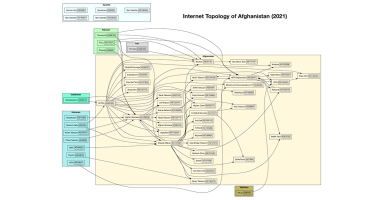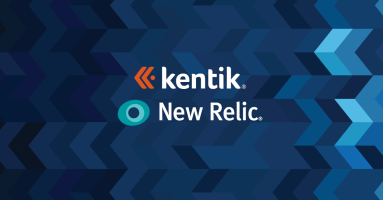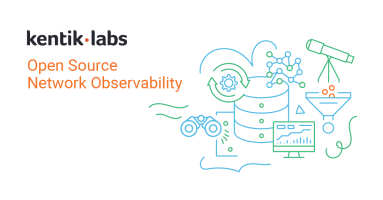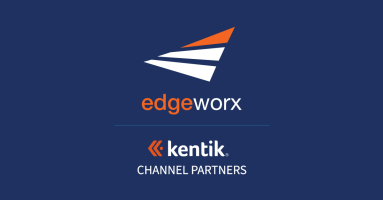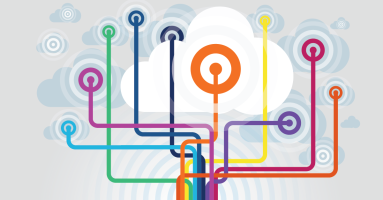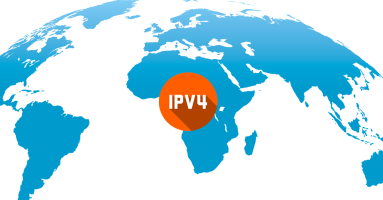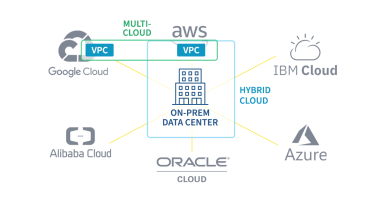Kentik Blog
























As the last US military aircraft depart Kabul, so closes a chapter of U.S. involvement in the country. Will it also end a period of growth of the domestic internet in Afghanistan?
If you haven’t heard of network observability, you soon will, and you’ll be hearing it a lot. Some say it is just marketing hype and that networks have always been observable. This post will explore why that’s not the case.
With network observability from Kentik in New Relic One, you can correlate and analyze all of your telemetry data in one place: your applications, infrastructure, digital experience, and network data.
Today we announce the launch of Kentik Labs, our new hub for the developer, DevOps and SRE community. With the tools we’re open sourcing, you’ll be able to observe key network telemetry for a competitive advantage.
Network observability is a concise way to describe how NPM solutions are evolving to support IT organizations that are embracing DevOps and the cloud. In this post, EMA Analyst Shamus McGillicuddy takes a deeper dive into network observability.
Africa’s regional internet registry, AFRINIC, is involved in a legal dispute over an increasingly valuable commodity: IPv4 address space. Kentik’s Doug Madory takes a deeper look at what’s happening.
How do you pinpoint latency problems between systems in a hybrid or multi-cloud environment? It requires insight into the complete path, end-to-end, hop-by-hop.
Maximize your network’s performance with a reliable packet loss monitor. Learn how to proactively identify lost data packets and latency within the cloud.
In our employee spotlight series, we highlight members of the Kentik team, what they’re working on, and their most memorable moments within the company. In this Q&A, meet Solutions Engineer Akshay Dhawale.
